
Frankenthal Porcelain: a rarity worthy of museum collections
Frankenthal porcelain was produced in Germany for only 44 years. The factory couldn't endure as long as the manufactories in Meissen or Nymphenburg. Nevertheless, it is one of the largest German porcelain manufacturers. In less than half a century, it gained fame for its tableware and statuettes with delicate painting in rococo and classical styles. Today, 18th-century Frankenthal porcelain has become a rarity and a valuable collectible. Many specimens are preserved in museums in Germany and other countries, including the Hermitage collection.
 Frankenthal Porcelain. Part of a service of 1782
Frankenthal Porcelain. Part of a service of 1782
History of the Frankenthal Manufactory
Frankenthal porcelain began production in 1755. Originally founded by Paul-Antoine Hannong, the factory operated for several years in the French city of Strasbourg. The move was prompted by Louis XV's decision to close all porcelain productions in favor of the manufacture in Sèvres. In its new location, the Frankenthal factory quickly became successful. It produced magnificent hard-paste porcelain with elements of the French style in artistic design. The color of the porcelain body had a delicate creamy shade.
 Frankenthal Porcelain. Sculpture The Good Mother, c. 1765
Frankenthal Porcelain. Sculpture The Good Mother, c. 1765
From 1761, Frankenthal porcelain was produced under state management, as the Elector Palatine Karl Theodor bought the factory from Hannong's sons. During the period from 1762 to 1770, the factory created products of the highest quality, bringing fame to the manufacture. Later, the quality of the porcelain slightly declined due to the transition to kaolin from Passau. After the invasion of Frankenthal by French troops in 1799, production closed. Some molds were transferred to the Nymphenburg factory, where items were reproduced until the end of the 19th and the beginning of the 20th century.
 Frankenthal Porcelain. Plate with painted Peony, 1765
Frankenthal Porcelain. Plate with painted Peony, 1765
Best Artists of the Frankenthal Manufactory:
- Johann Wilhelm Lanz. Worked at the factory until 1761 and became renowned for virtuoso allegorical statuettes and interior items in the Rococo style.
- Johann Friedrich Lück. Contributed to Frankenthal porcelain from 1758 to 1764, excelling in genre scenes with contemporary themes.
- Franz Conrad Linck. Joined the factory after it came under the leadership of the Elector Palatine. Became the author of famous sculptural groups, with many figures exhibiting portrait-like features.
- Johann Peter Melchior. Worked at Frankenthal production from 1779 to 1793, creating classical-style portrait medallions and charming sculptures featuring children.
 Frankenthal Porcelain. Johann Friedrich Luke. Sculpture of a young girl sitting at a table
Frankenthal Porcelain. Johann Friedrich Luke. Sculpture of a young girl sitting at a table
 Frankenthal Porcelain. Franz Conrad Link. Sculpture Ocean, 1765
Frankenthal Porcelain. Franz Conrad Link. Sculpture Ocean, 1765
Frankenthal porcelain is characterized by its understated luxury, exquisite statuettes, biscuit sculptures, refined vases, fireplace clocks, and other items. Such antiques can enhance any collection. If you are interested in acquiring antique porcelain, visit the Very Important Lot website! Auctions are held here where you can purchase items from Russian and international masters. Additionally, contemporary artworks are also available for purchase.



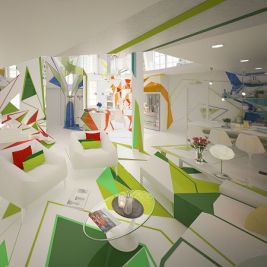 Expressionism in interior design - the style of freedom and youth
Expressionism in interior design - the style of freedom and youth 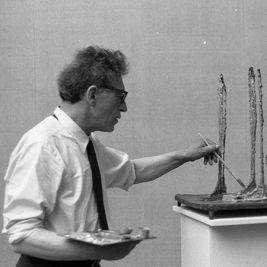 Alberto Giacometti was a great sculptor of the 20th century who relentlessly shattered the stereotypes of art in search of creative self-expression
Alberto Giacometti was a great sculptor of the 20th century who relentlessly shattered the stereotypes of art in search of creative self-expression  Landscape - a genre in painting: views, history, evolution
Landscape - a genre in painting: views, history, evolution 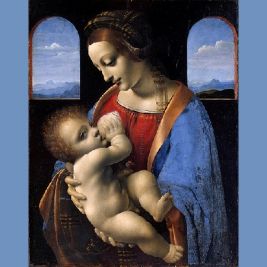 Renaissance is an era of great names
Renaissance is an era of great names 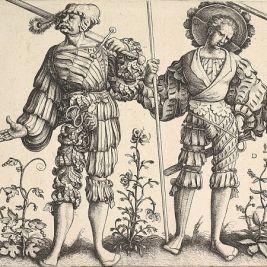 Etching is a type of engraving and printing technique
Etching is a type of engraving and printing technique  Edward Munch—the creator of nightmares and the singer of anxiety
Edward Munch—the creator of nightmares and the singer of anxiety 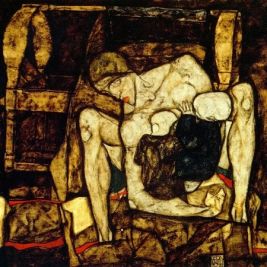 The painting "The Blind Mother" by Egon Schiele is a reflection of the artist's complex relationship with his own mother
The painting "The Blind Mother" by Egon Schiele is a reflection of the artist's complex relationship with his own mother  Chaim Soutine - an unsurpassed master of expression
Chaim Soutine - an unsurpassed master of expression  Illuminating the Past: The Rise of Vintage Lighting in Modern Decor
Illuminating the Past: The Rise of Vintage Lighting in Modern Decor  Luxury Cars at Monterey Auctions: A Showcase of Iconic Vehicles
Luxury Cars at Monterey Auctions: A Showcase of Iconic Vehicles